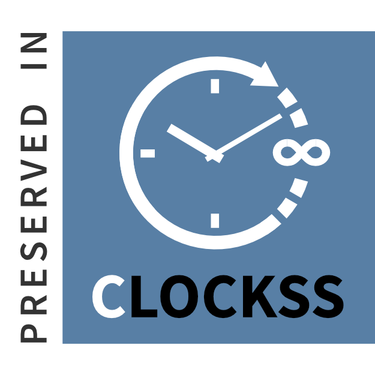Nutritional Status and Practices among Urban Children: A Hospital-based Cross-sectional Study
Abstract
Background: Child undernutrition has been a prevailing issue in Nepal and the burden still remains unacceptably high. It is important to look at how infants and young children’s feeding practices and nutritional status are affected by nutrition transitioning in rapidly urbanizing Nepal.
Methods: A cross-sectional research design was employed with healthy children aged 6-23 months and their mothers visiting the hospital for regular immunization services as the study population. Data was collected from 305 children over six months from September 2019 to January 2020. Anthropometric measurements (weight and length) were collected of all children and their mothers’/care takers were interviewed on the Infant and Young Child Feeding practices. Data was analyzed using WHO Anthro Survey Analyzer, Microsoft Excel and STATA 15
Results: Early initiation of breastfeeding was 47.9% and use of bottle was 48.5%. Minimum dietary diversity, minimum meal frequency and minimum acceptable diet were 66.2%,79.1% and 54.4% respectively. Consumption of nutrient-poor packaged foods was 63.0%with biscuits being the most common type (52.1%) and 32.8% of the children were found to be drinking tea. Overall,13.8% of the children were stunted,3.9% were underweight and1.7% were wasted while 2.3% were overweight.
Conclusions: Practices related to breast feeding and diets of young children in urban areas of Nepal are not optimal with only around half meeting the minimum standards recommended by the WHO. Therefore, there is a pressing need to wake up to the rapidly changing dietary patterns among young children through necessary urban nutrition policies and programmatic interventions.
Keywords: Breastfeeding; childnutrition; Infant and young child feeding; Nepal; nutrition intransition
Copyright (c) 2022 Sophiya Uprety, Anjita Khadka, Alina Paudyal, Dhruba Shrestha

This work is licensed under a Creative Commons Attribution-NonCommercial 4.0 International License.
Journal of Nepal Health Research Council JNHRC allows to read, download, copy, distribute, print, search, or link to the full texts of its articles and allow readers to use them for any other lawful purpose. Copyright is retained by author. The JNHRC work is licensed under a Creative Commons Attribution-NonCommercial 4.0 International (CC BY-NC 4.0).












